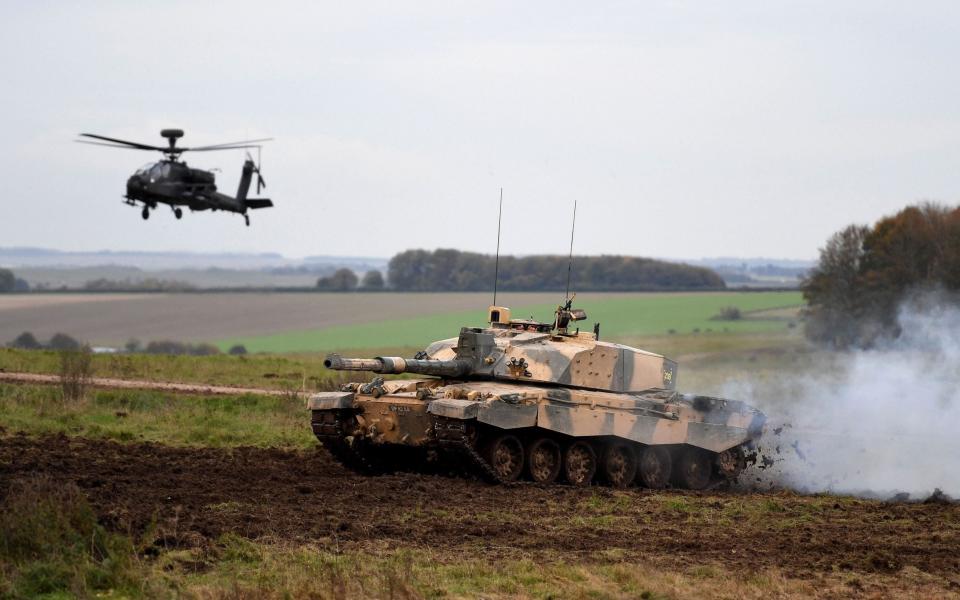British Army to use 3D printed parts for armoured vehicles

The British Army is to use 3D metal printed parts to repair armoured vehicles for the first time in a move which could extend the life of much of the force’s equipment.
The pieces, made using a layering process by adding small amounts of steel to build a part, were fitted to periscopes on Titan armoured bridge launchers and Trojan minesweepers.
The aim is to avoid large stockpiles of parts or suddenly finding that a given spare no longer exists according to contractor Babcock, which maintains much of the Army’s fleet.
Richard Drake, chief technology officer at Babcock, said: “This marks a major milestone in finding solutions for obsolete parts and in tackling resilience in the supply chain - some of the biggest challenges engineering and manufacturing businesses like ours are facing.”
Many of the Army’s vehicles are in service for decades, and in some cases the original manufacturer is defunct, making parts hard to find. Having them commissioned can take months whereas by using a 3D printer, metal parts can be fabricated in a day or two.
The process of 3D printing with metal is properly called Additive Layer Manufacturing, and could potentially save the forces millions of pounds and increase the availability of precious tanks, ships, fighting vehicles and weapons.
Mr Drake said: “For us, this is part of a growing investment programme around advanced and additive manufacturing, which we can now progress to other areas of our business and that is hugely exciting for Babcock.”
This could even mean parts on ships could be 3D printed whilst out at sea.
Brigadier Phil Prosser of the Royal Logistics Corps, said: “This ability to rapidly manufacture parts will allow our equipment to rapidly deploy on operations, and to stay in the fight for longer. This is a battle winning activity and we are committed to this collaboration and will continue to learn at this impressive pace.”
Rival contractor BAE Systems is also working on 3D printed parts to maintain Typhoon jets, etching together titanium parts using a similar process.
For BAE, the challenge is having the new parts approved for the highly-calibrated and unforgiving environment of a fighter jet.

 Yahoo Finance
Yahoo Finance 